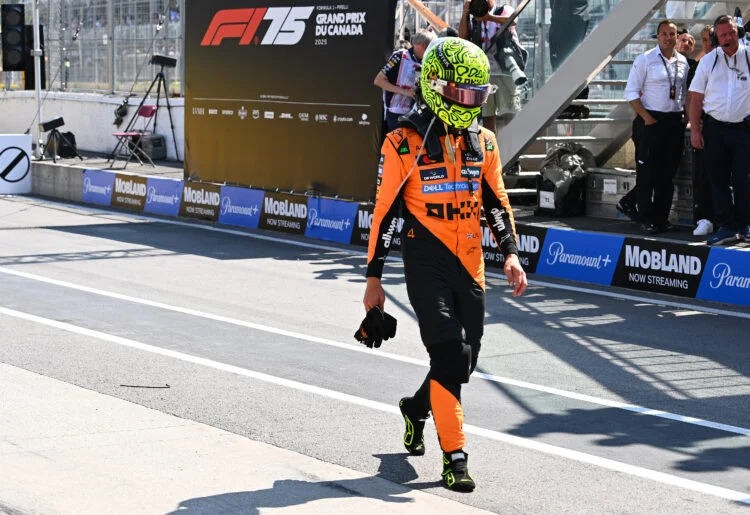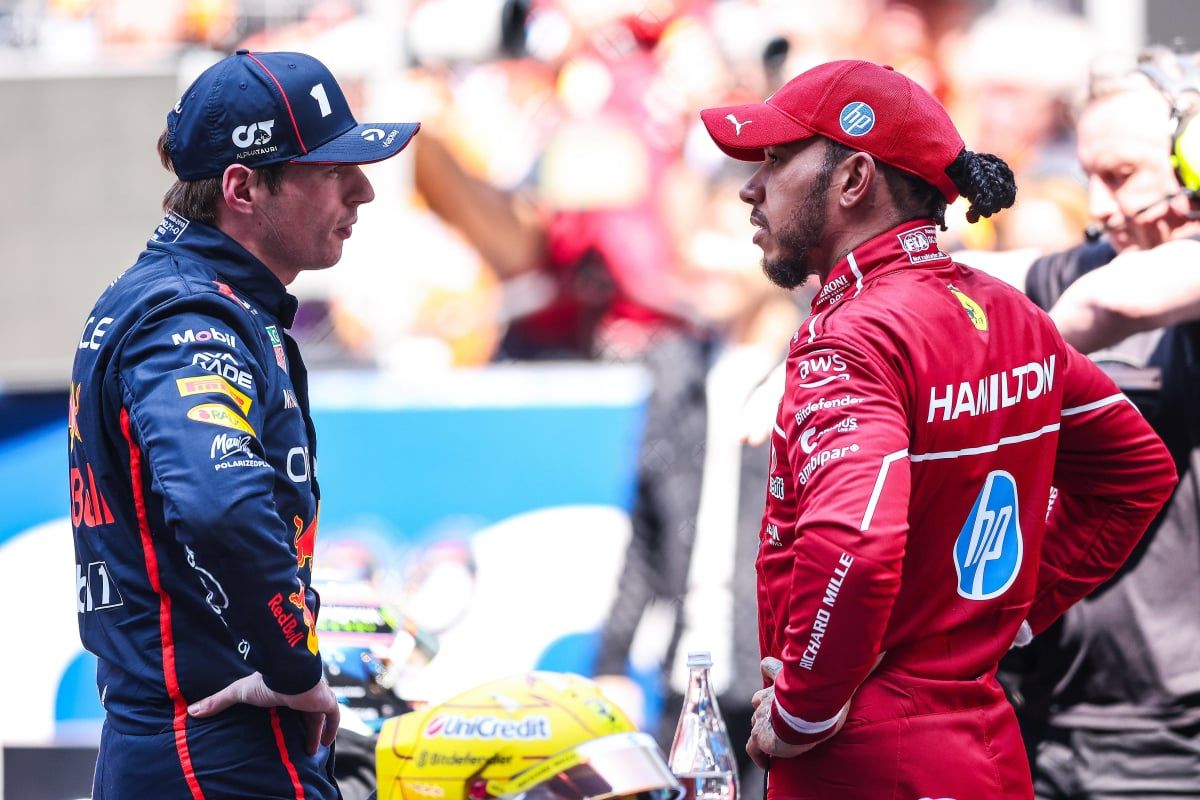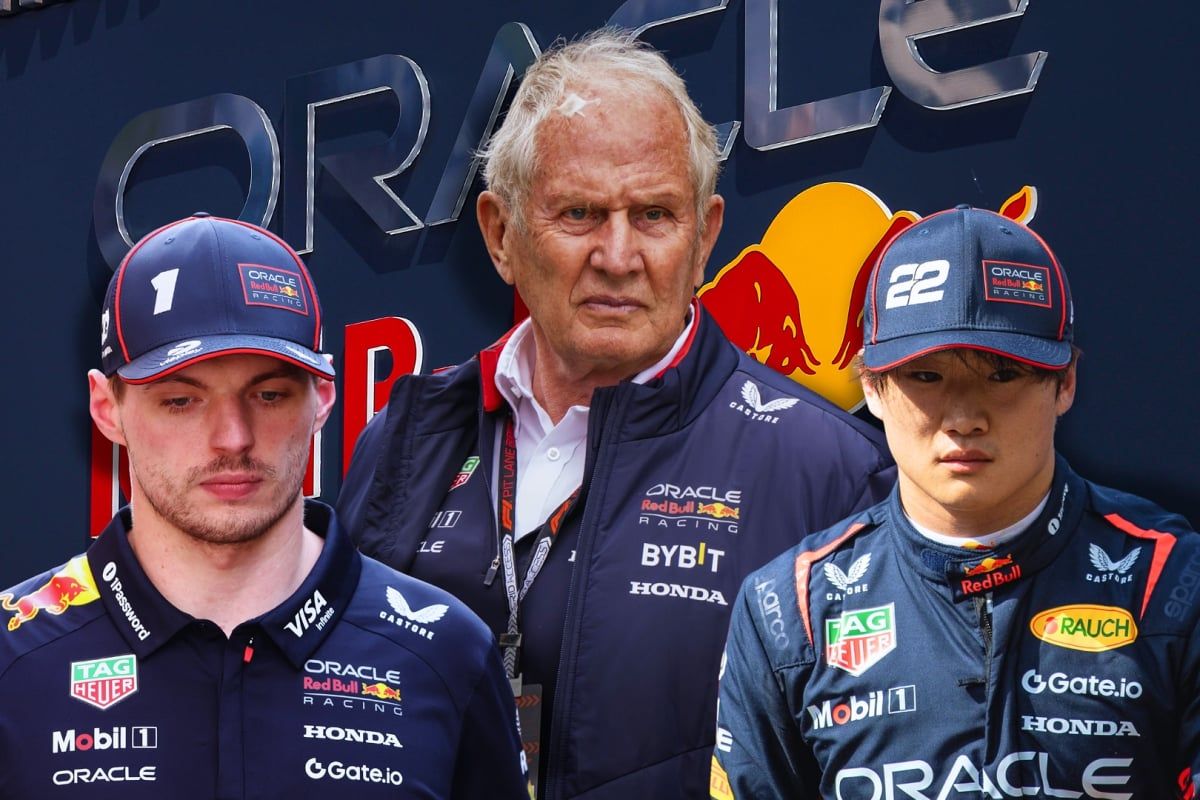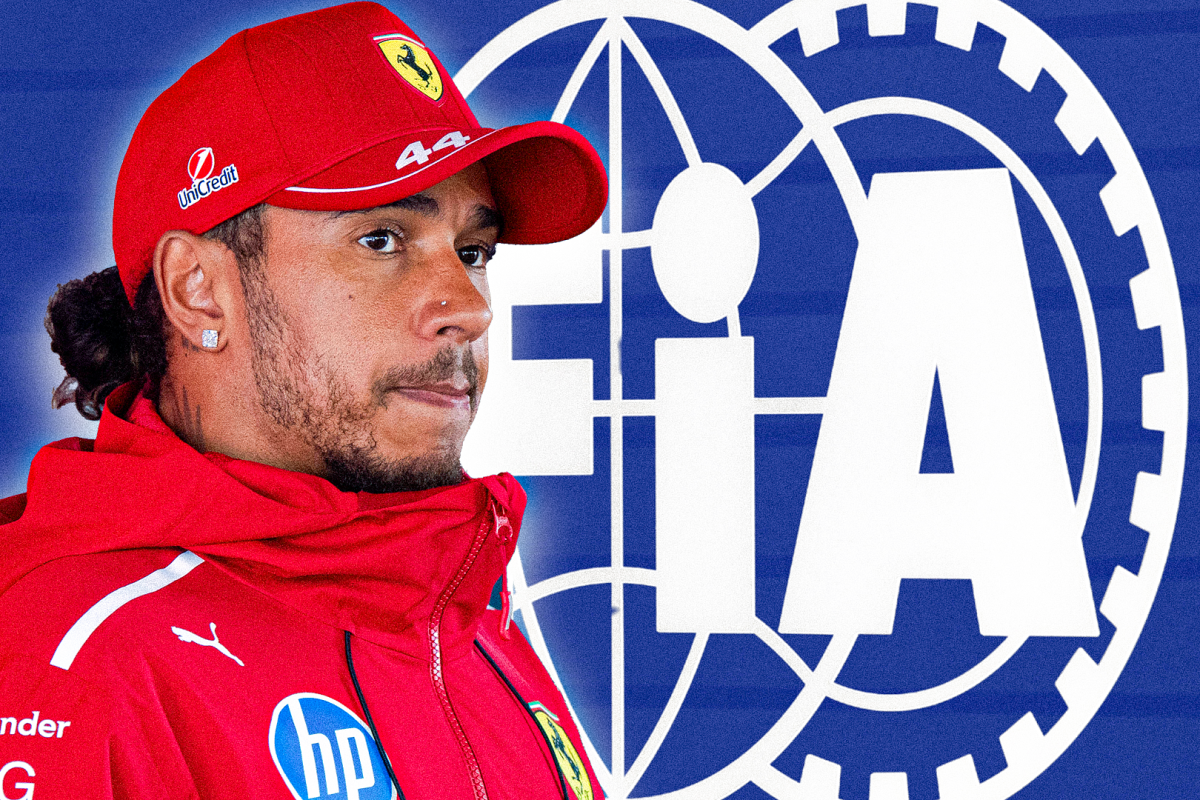Lando Norris’s Austrian Grand Prix: A Shadow of Doubt After P… read more
The Austrian Grand Prix, typically a spectacle of high-speed cornering and daring overtakes, cast a long shadow over Lando Norris’s weekend. While he ultimately secured a respectable fifth place, the race will be remembered not for his performance, but for the dramatic crash involving his McLaren teammate, Oscar Piastri, and the lingering question it raises about the team’s strategic approach.
Norris’s race was characterized by a measured performance, a testament to his consistency and racecraft. He started strongly, navigating the chaos of the opening lap without incident, and maintained a steady pace throughout. He capitalized on opportunities presented by others’ misfortunes, moving up the grid strategically, a hallmark of his developing maturity as a driver. His fifth-place finish, while not a podium, was a solid result considering the challenges presented by the Red Bull Ring’s notoriously demanding layout and the unpredictable nature of the race. He expertly managed his tire degradation, showcasing his ability to extract maximum performance from the MCL60, a car that has shown both flashes of brilliance and frustrating inconsistency throughout the season. His consistent lap times and strategic pit stops underlined his focus and commitment to maximizing the points tally for McLaren.
However, the jubilation of a solid result was tempered by the significant incident involving his teammate, Oscar Piastri. Piastri, in a seemingly innocuous incident, lost control of his McLaren, spinning into the barriers at Turn 10. While the immediate cause appears to be a simple loss of traction, possibly exacerbated by track conditions or a momentary error in judgment, the aftermath ignited a simmering debate regarding team strategy and the potential disparity in treatment between the two drivers.
The question hanging over Norris, and indeed over the entire McLaren team, is whether Piastri’s aggressive driving style, which has shown both significant promise and occasional lapses in control this season, is being sufficiently managed. Some commentators have pointed to an apparent lack of consistency in team directives, suggesting a potentially preferential treatment towards the more experienced Norris. The contrasting strategies employed for the two drivers – Norris maintaining a conservative approach while Piastri, in past races, demonstrated a more audacious, albeit riskier, driving style – have fueled speculation about potential imbalances within the team.
This is not to suggest any overt favoritism, but rather to highlight the need for a clear, consistent, and transparent strategy for both drivers. McLaren’s ambition to challenge for podium finishes and consistently compete with the midfield leaders demands a cohesive approach. If one driver is consistently encouraged to push the boundaries while the other operates within a more conservative framework, it creates an internal conflict that can impact team cohesion and ultimately hinder performance. The Piastri incident serves as a stark reminder of the inherent risks associated with aggressive driving, particularly when not perfectly synchronized with the team’s overall strategic goals.
Therefore, the lingering question for Norris is not directly about his own performance, but rather about the broader implications of the team’s approach. His fifth place finish serves as a testament to his own skill and consistency, but the shadow of Piastri’s crash raises concerns about the team’s ability to effectively manage its drivers, optimize its resources, and ultimately achieve its full potential. The incident underscores the need for McLaren to conduct a thorough internal review, assessing their strategic approach, ensuring equal support for both drivers, and fostering a more harmonized approach to risk management. The Austrian Grand Prix thus becomes more than just a race result for McLaren; it’s a pivotal moment that could shape the trajectory of their season and define the dynamic between their two key drivers. The future will depend on McLaren’s ability to address these concerns and build a stronger, more unified team environment.




